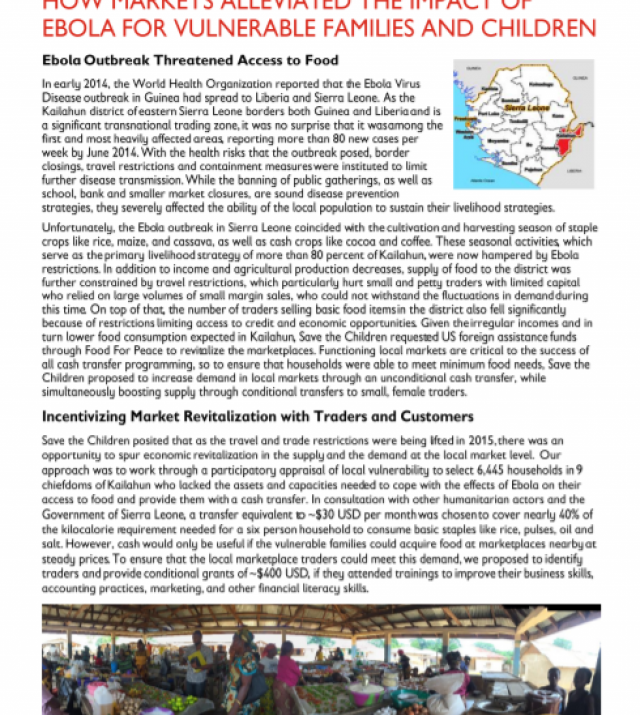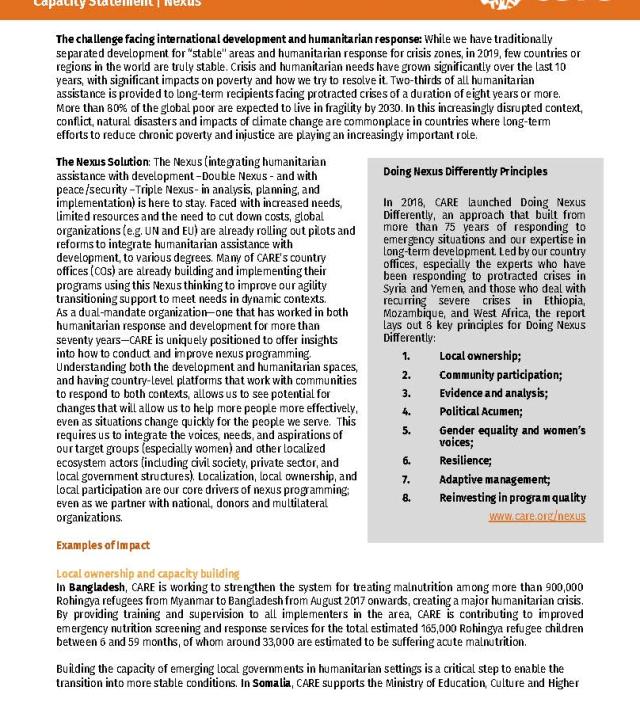
Linking Vulnerable Households with Markets
Presenters: Jay Banjade, Chief of Party, Graduation with Resilience to Achieve Sustainable Development (GRAD) Project, CARE Ethiopia; Tate Munro, Chief of Party, Revitalizing Agricultural/Pastoral Incomes and New Markets for Enhanced Resilience and Recovery (RAIN+) Project, Mercy Corp; Moderator: Penelope Anderson, Director for Food Security, Mercy Corps
There is a saying, “Don’t plant a seed until you know where you are going to sell the crop.” How many projects practice this? With good intentions, projects have promoted growing off-season tomatoes in the wet season, poultry-raising with no confirmed market, or projects that bypass the middleman’s market function only to fail at direct selling. Many food insecure households are risk adverse due to their limited resources. The objective of linking the vulnerable to markets is to move poor individuals and households out of low-return activities and into higher-return, growing markets. By linking poor producers to private-sector actors with a clear business interest in partnering with suppliers, the poor can improve their market participation, earn a better income or benefit from employment security. But the process is not easy, and it has to be done with a thorough understanding of the value chain and market system within which the poor will operate.
This session explored projects that have employed a market development approach and discussed both challenges and opportunities encountered. Lessons learned were shared from the Productive Safety Net Program (PSNP) Plus, GRAD and RAIN projects.
Tate outlined the strategies for market linkages that the RAIN project used: financial services culturally appropriate for an Islamic community, relief that builds better access to markets, safety nets that build market participation and creation of space for markets and engagement of firms that can reach down to the poor.
Jay discussed the PSNP plus and the GRAD Projects and talked about their use of the USAID tool, Pathways Out of Poverty, in order to connect those most often excluded, (the very poor), to larger value chains. He also shared lessons learned from linking vulnerable households. Examples included: farmers collectives that allow greater buying power, risk diversification, and training that focuses on preparing producers to link to markets.
The Way Forward: Participants made recommendations in the following areas:
Knowledge SharingEnsure knowledge management on graduation approaches through documentation of what works and what doesn’t work, as well as unintended outcomes both positive and negative.
TOPS should create information and resource centers on this topic to create opportunities to learn from others’ experience.
Enhance feedback mechanisms, documentation and knowledge management of best practices. This includes extending information sharing strategies down to the beneficiary level.
Program Design
More effort has to be made to engage the private sector but more vulnerable households also need to be prepared before ‘graduating’ to work with the private sector. This should involve training, awareness raising on basic economics, business planning, finance management, marketing.
Processes
Work with the Ethiopian government to better define criteria for Productive Safety Net Program (PSNP) graduation and develop an accountable feedback loop to determine adherence.
Research and Evidence
A better understanding is needed of whether specialized value chains targeting one specific program are better than multiple value chain dealing with diversified products.
Donor Policy and Practice
Private sector actors who are willing to work in vulnerable communities should be supported. Investment in an enabling environment for the private sector will allow the market to take the lead in finding solutions for the sector.
Provide long-term predictable market and livelihoods support instead of short term project funding

